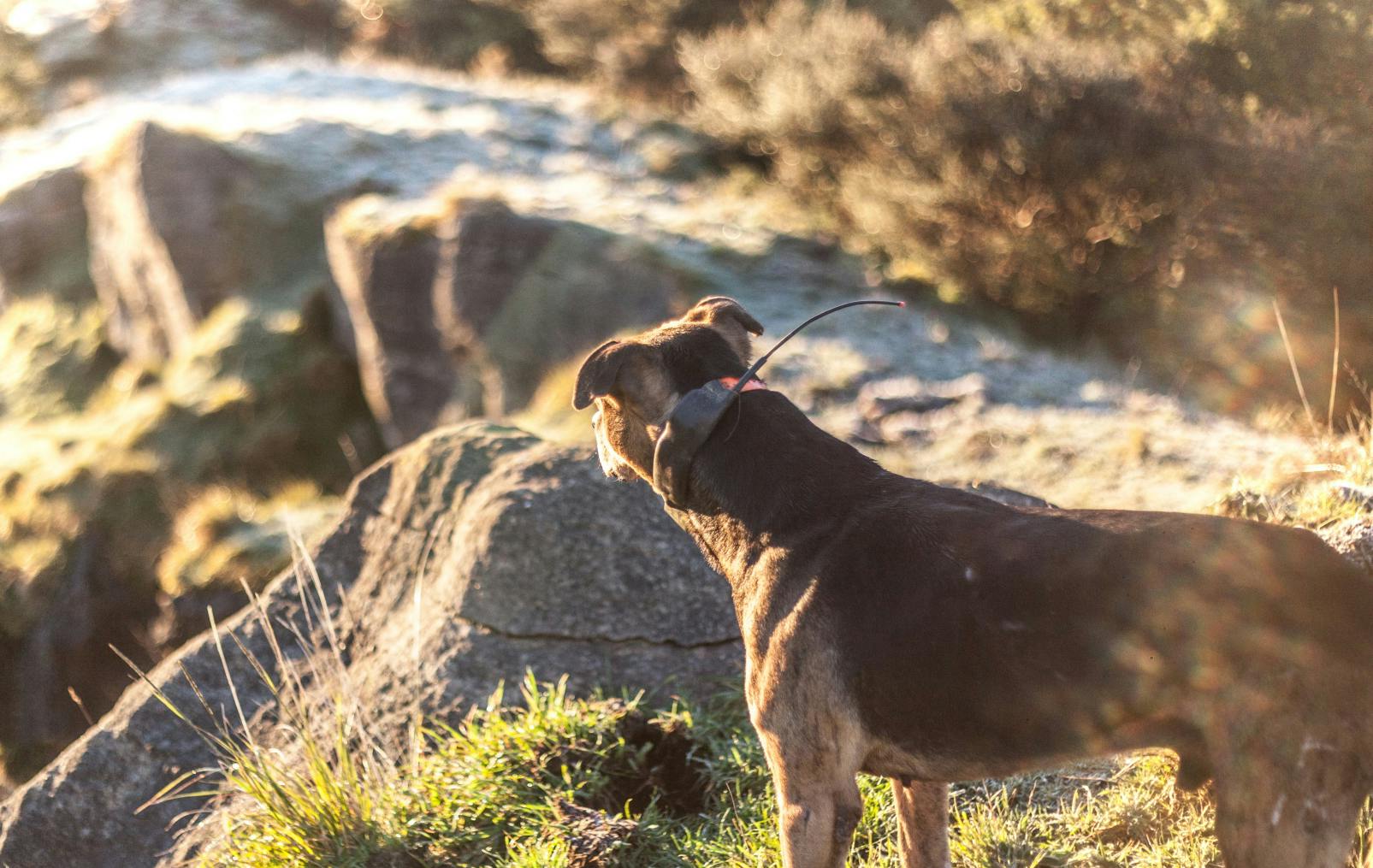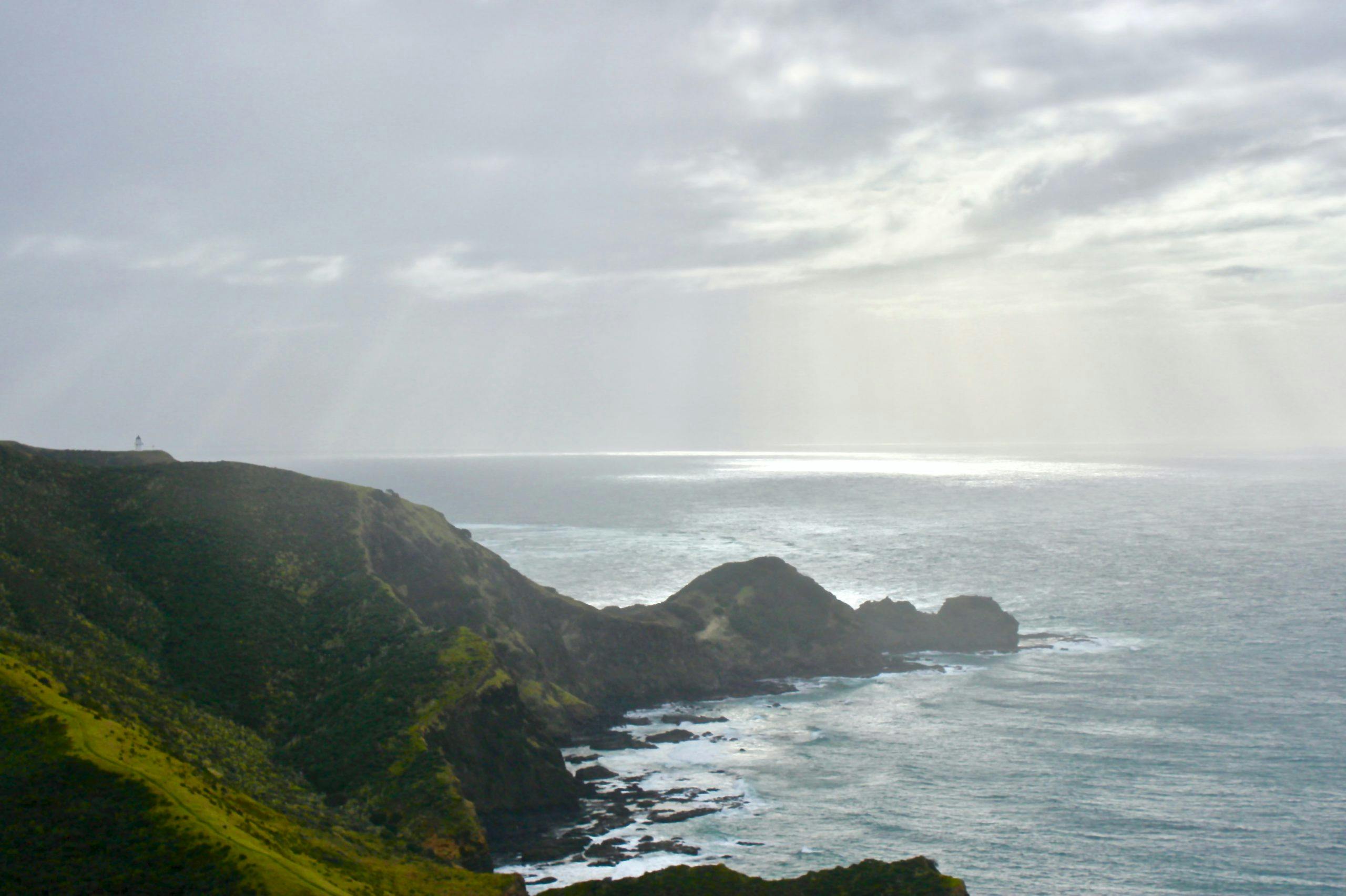Reports of wild dogs roaming Northland’s Te Paki Track won’t deter locals from pushing the track to become another Great Walk, writes Mandy Herrick.
Following the five-week closure of parts of the Te Paki Track after reports of packs of wild dogs being sighted in the area, DOC rangers are now working with the community to monitor and control any feral dogs roaming the region.
The track was amongst three finalists selected to become New Zealand’s 11th Great Walk, losing out to Southland’s Hump Ridge Track in 2019.
Prior to the track’s closure on April 1, there was a number of reports of packs of aggressive dogs harassing hunters, horse-riders and trampers in the area.
DOC placed trail cameras on the walking tracks over five days and carried out visual surveillance of the area, and after finding no evidence of wild dogs in public areas re-opened the tracks and camping area.
DOC’s experience design manager, Tania Short, says the region’s cultural heritage and distinctive wildlife and landscapes will underpin any bid to join the Great Walks’ network in the future. Wild dogs do not fit within this strategy and DOC will work with the community to eradicate them.
DOC’s Kaitāia District operations manager, Meirene Hardy-Birch, says the department will be working with adjacent property owners and farmers to establish the population and range of the dogs.
“Our assumption is that these are pig hunting dogs that have got lost over a period and have formed a family group,” says Hardy-Birch. “This isn’t unprecedented territory for DOC, as there have been problems with wild dogs in Taranaki and Te Urewera.
“Most people think of dogs as ‘man’s best friend’, however, the types of breeds that you see in pig hunting are very aggressive. Once a dog becomes naturalised, it loses those domestic traits and will avoid humans. Feral dogs can be some of the most elusive pests because they’re fit and can travel up to 50km in one day.”

It is thought the wild dogs seen roaming Te Paki are ost hunting dogs. Those fitted with a GPS collar can be easily found. Photo: NZ Hunter
Population control of feral dogs in New Zealand is done by trapping them with a lure of fresh aromatic meat or shooting them on site.
General manager of the Game Animal Council, Tim Gale, says lost hunting dogs are a hunter’s responsibility. As well as good training, there are a number of preventative measures – such as GPS collars and micro-chipping – that can prevent dogs from straying or becoming lost.
“Many of these hunters have invested years into these dogs. They have to find a good dog and then train it, so it quickly becomes like a family member,” he says. “We have even heard instances of helicopters being hired to track down a hunter’s dog.”
Gale says hunters should alert their council, local DOC office, vet or any relevant online groups if they lose a dog.
To ensure the Te Paki Track can be considered for future Great Walk status, DOC is working closely with local iwi to enhance Northland’s unique landscapes and arrest the decline of threatened species in the area such as kiwi, titi-pounamu (rifleman), native bats, fairy tern and New Zealand dotterel.
As part of the government’s Jobs for Nature programme, more than $125 million was allocated to projects within the Northland area. Short says some projects to the south of the Te Paki area, such as Te Arai Nature Reserve and the 13,000ha Warawara Forest, illustrate the work that DOC is doing with iwi to enhance the local area through fencing, predator, weed and vehicle control.






